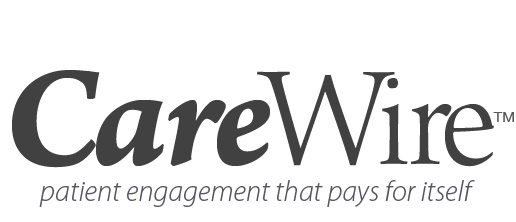*This article is first in the series featuring the initial Healthbox Accelerator participants.
THE IDEA: Based in St. Paul, Minnesota, CareWire hopes to bring together patients and healthcare providers in a new and innovative way through their communication tool used to help relieve some of that anxiety with well-timed messages.
THE BACKGROUND: After years developing ways to make customer’s experiences with United Healthcare better, founders Scott Danielson and David Nichols founded a healthcare consulting firm, Healthy Heartland Inc. From years working within the healthcare industry, the two found much anxiety can go into a simple doctor’s visit. From there, CareWire was born.
ON GOAL OF CAREWIRE: CareWire is not meant to critique the actual doctor’s advice or care, but rather help take questions out of pre- and post-visit questions and address the factors that are most prevalent for the patient at that particular time.
“It’s kind of like the diagnosis of an illness,” said Danielson. “The earlier one can diagnosis what may cause the patient distress, one can more effectively address and reduce the damage that distress may cause.”
HOW IT WORKS: CareWire is focusing on text messaging as the key communication tool between patients and providers. Unlike emails or apps, text messages can be received on the simplest of cell phones, can be received in locations ranging from rural to urban areas and are relatively inexpensive, said Danielson.
Patients can receive message reminders regarding appointment times or if providers are running behind schedule, when to stop eating or to take medications prior to the visit, and any post-visit care. In staying in compliance with the Health Insurance Portability and Accountability Act (HIPAA), more complicated or sensitive health issues would better be discussed in person with the physician.
ADVANTAGES: CareWire several advantages to their technology:
- Integrates just-in-time information into care delivery
- Knows what’s timely and relevant to the patient
- Avoids providing too much information and resulting confusion
- Requires no special technology (compatible with any mobile phone and PM/EMR)
- Requires no provider workflow change
- Specifically avoids transmission of PHI
ON THE NAME: “The name CareWire was chosen because we felt like we were stringing together things like beads on a thread,” said Danielson. “With perfect timing, we are committed to deliver messages on a string to the patients.”
THE FUTURE: While CareWire’s system currently uses text messages, eventually those message could be delivered via email, phone calls and tablet messaging.







